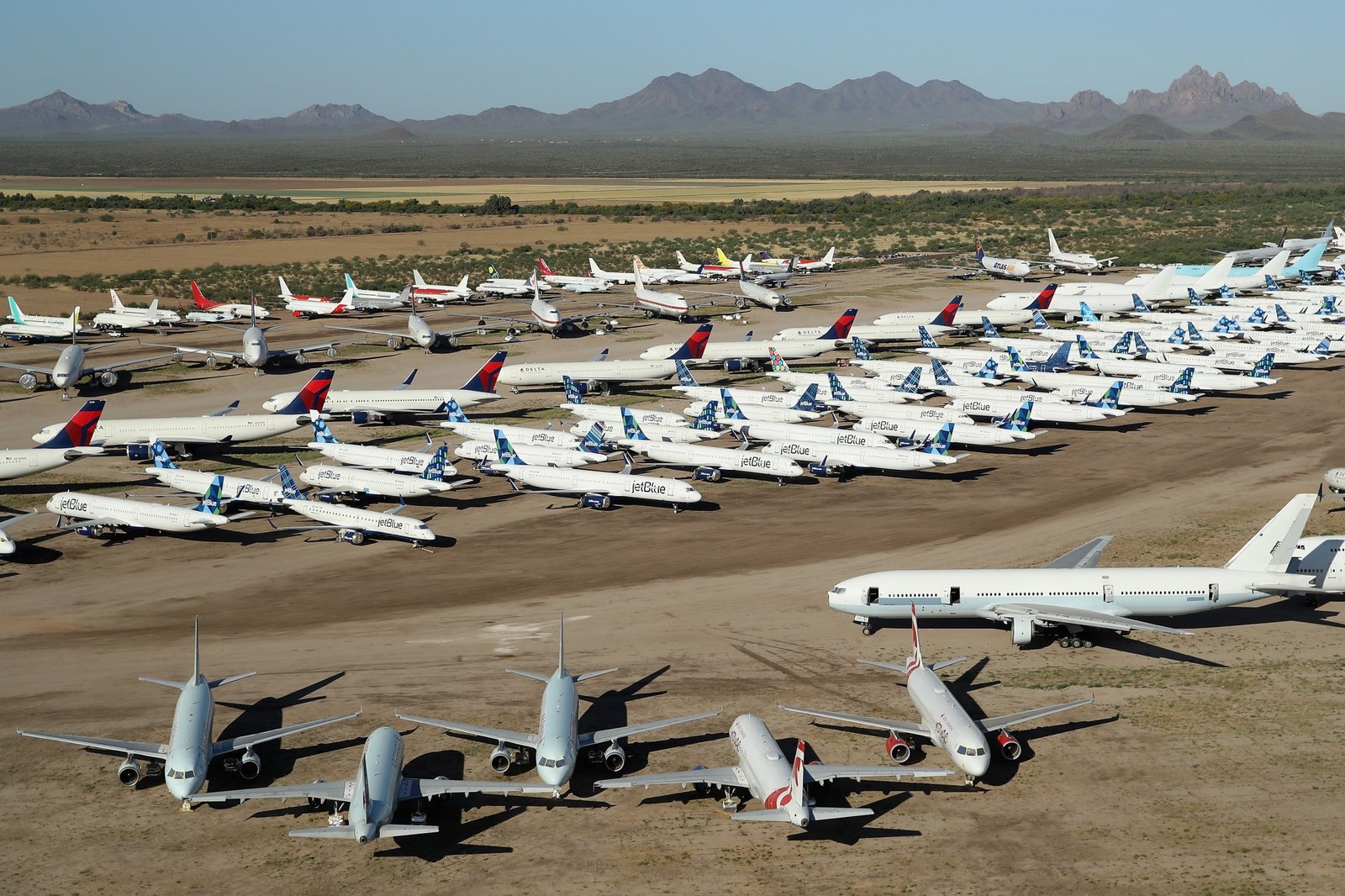Industries / Aerospace
Going Beyond
Expectations
Microlab deploys the critical component of Aerospace Quality Management Systems
Scroll Down to Explore
Testing is a critical component of Aerospace Quality Management Systems. It ensures that the products or services that cover various sectors and sub-sectors meet customer requirements and help early indications of potential problems. Testing is also an effective way to reduce costs by detecting problems before they occur in the field. Although there are many different types of tests used in aviation, components and raw materials that require routine testing.
Importance of Aerospace testing
The Aerospace assemblage of manufacturing deals with vehicular flight within the earth's atmosphere and beyond. The aerospace industry is a complex and demanding one. Its primary product, flight vehicles, requires millions of individual parts. In addition, numerous support systems to operate and maintain them. It requires durable and reliable high-tech materials and components that withstand extreme conditions like high temperatures or low pressures.
Tested parts/components are of the spacecraft, and the Aircraft stay safe from damage. In addition, it is also crucial for passenger safety during cruises that can support them during emergencies or unexpected situations.
The main objective of testing is to determine if a material meets its specification requirements. These include mechanical properties (e.g., strength), thermal properties (e.g., thermal conductivity), and chemical compatibility.
We may use one or more standard test methods specified by regulatory bodies or voluntary agencies such as ASTM International or ISO/IEC 17025 accredited laboratories.
Importance of testing
The aerospace industry is a complex and demanding one. It requires high-tech materials and components that are durable enough to withstand extreme conditions like high temperatures or low pressures. Tested materials are therefore essential for ensuring that our spacecrafts and aircrafts stay safe from any damage. In addition, it’s also important for passenger safety during travel because they need reliable equipment that can support them during emergencies or unexpected situations. It is important to test the materials in aerospace industry.

Slide 1

Slide 2

Slide 3

Slide 4
Testing will ensure quality, safety, compliance with regulations, cost effectiveness and sustainability of materials. The main objective of testing is to determine if a material meets its specification requirements. This includes elements such as mechanical properties (e.g., strength), thermal properties (e.g., thermal conductivity), chemical compatibility and so on. Testing can be carried out using one or more standard test methods specified by regulatory bodies or voluntary agencies such as ASTM International or ISO/IEC 17025 accredited laboratories
Looking into the Industry.
The number of tests performed in the US is 76,598 per Day
The number of tests performed in the world is 8,790,979 Per day
The number of tests performed in the Industry is 9,790,979 Per day
Technical articles and white papers
You can also find a wealth of knowledge by reading technical articles and white papers. The aerospace industry is extremely technical, so there's a lot to be learned about it by reading these materials. Technical articles and white papers are the best way to learn about the industry because they are written by experts who have first-hand experience in their field.
Conformance testing
Conformance testing is a type of quality control that involves evaluating the degree to which a product meets its specifications and standards. There are several different types of conformance tests, including functional testing, accuracy testing and durability testing. Conformance testing is important because it helps you ensure that your products meet industry standards and customer requirements. It's also useful for ensuring that your company maintains compliance with regulatory agencies such as the Federal Aviation Administration (FAA) or European Aviation Safety Agency (EASA).
Components that require testing
Testing is an integral part of any manufacturing industry, but it's especially important in the aerospace industry. The aerospace industry has a very high risk tolerance and requires that all solutions be tested at every step of their development cycle. Because of this high risk tolerance, many components require testing before they can be used in our products. Some examples include:
- Testing for strength and durability
- Testing for reliability
- Testing for stress levels
Testing Services
In the aerospace industry, testing is used to determine how well a product meets its requirements. Testing services are provided to ensure that products meet safety standards and remain suitable for use in various applications.
- Metallurgical testing: It is a process of analyzing the microstructure of a material. The microscopic structure can be observed by optical microscopy or electron microscopy.
- Mechanical testing: It is used to measure the physical properties of metals and alloys like tensile strength, yield strength, hardness etc.
- Physical testing: It is used to measure specific properties like modulus of elasticity, thermal expansion etc.
- Chemical testing: It is used to determine chemical composition of metals and alloys which includes atomic weight, percent reduction in weight on firing x-ray fluorescence (XRF), inductively coupled plasma emission spectroscopy (ICP-AES), mass spectrometry for elemental analysis (MS) etc.
- Fatigue testing: It is performed on aircraft structures that are subjected to cyclic loading during flight operations under specified conditions over an extended period of time with an objective towards determining their fatigue life capability through monitoring damage growth rate with increasing number of cycles applied which will lead them into failure mode eventually if they exceed their design threshold value set based on anticipated operating conditions or loads applied by them during operation phase throughout their service life cycle

